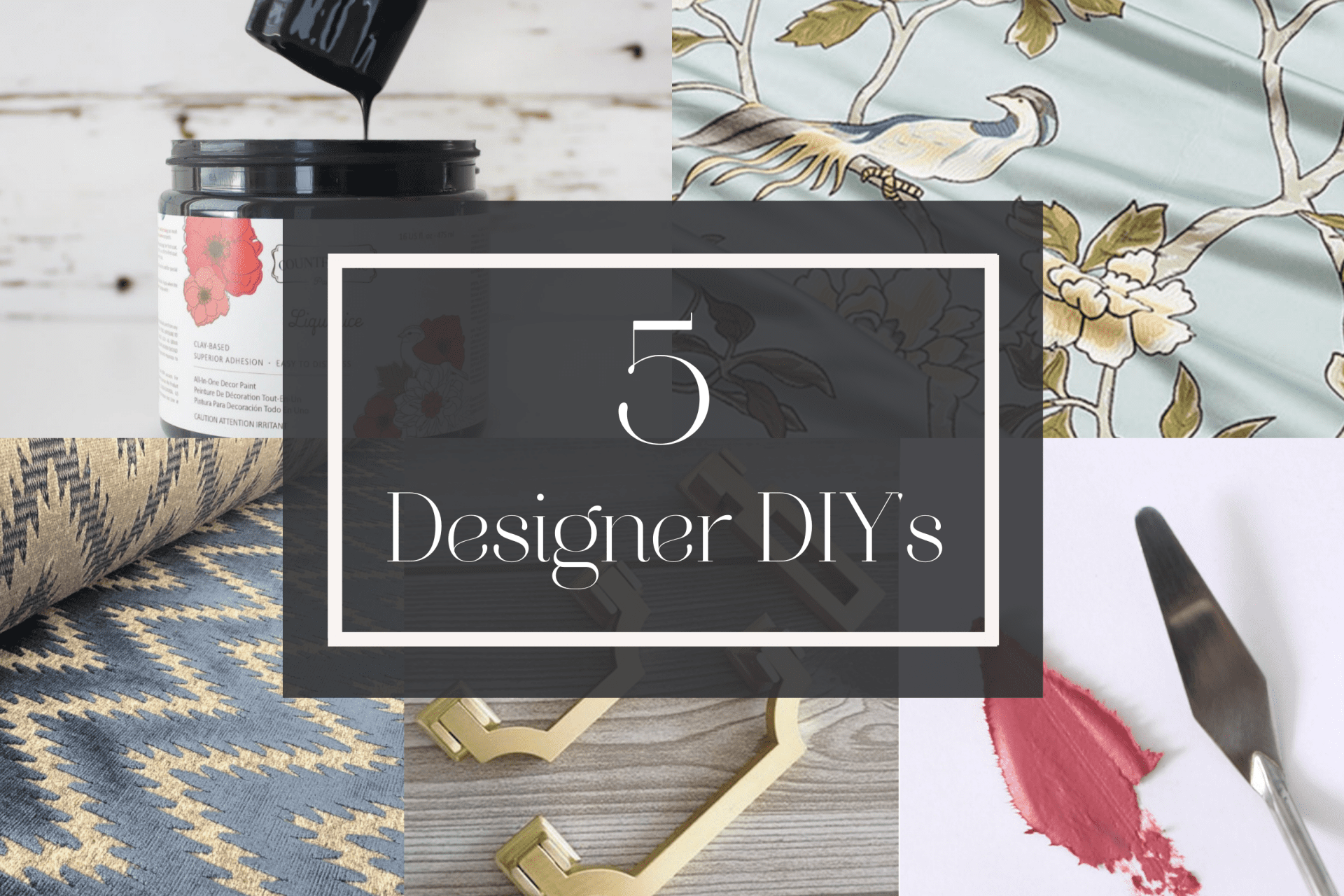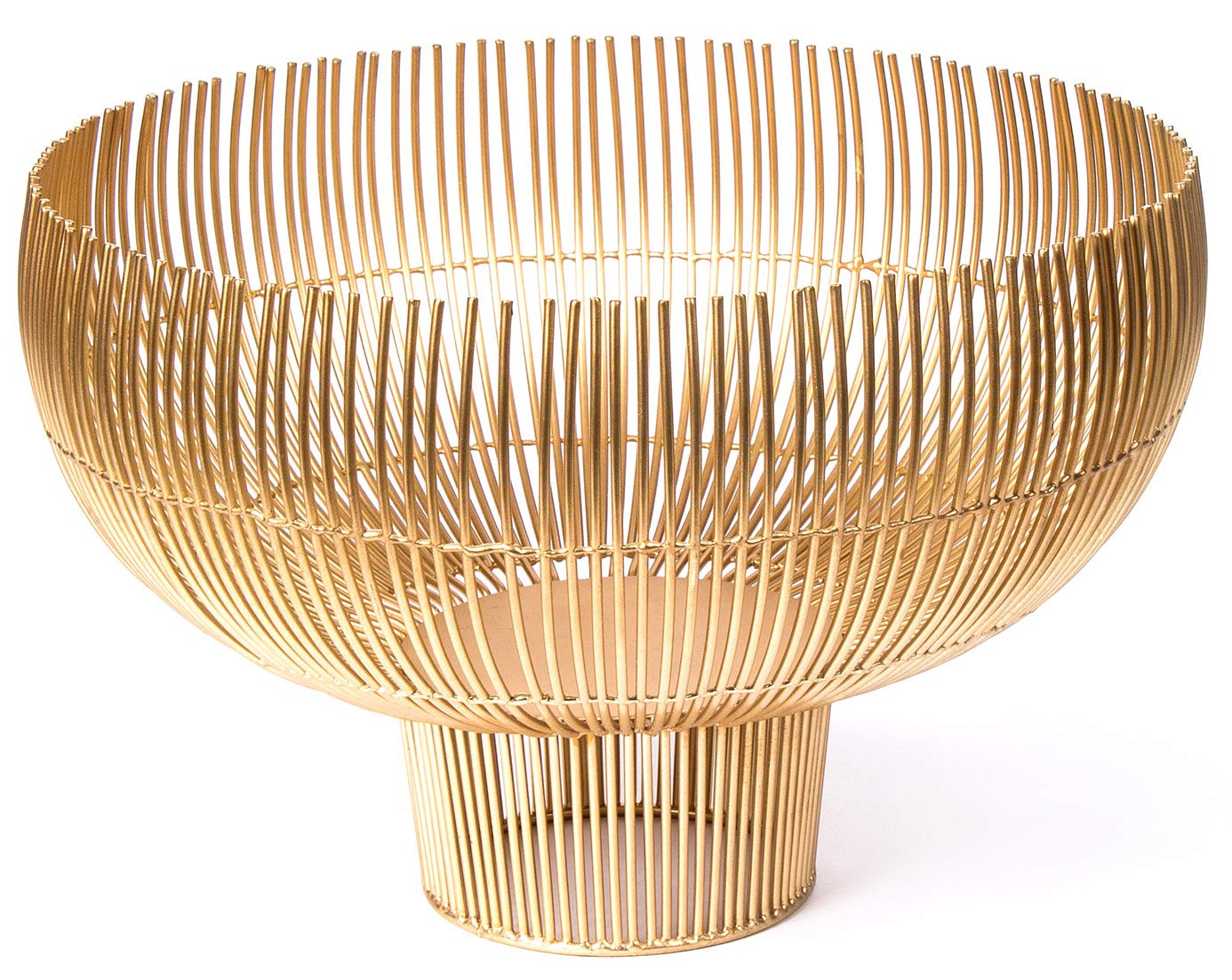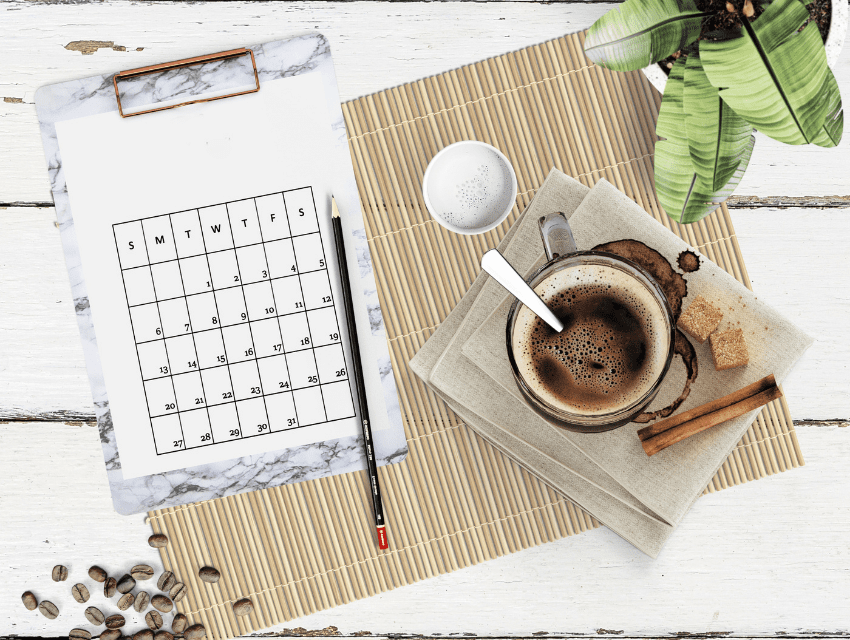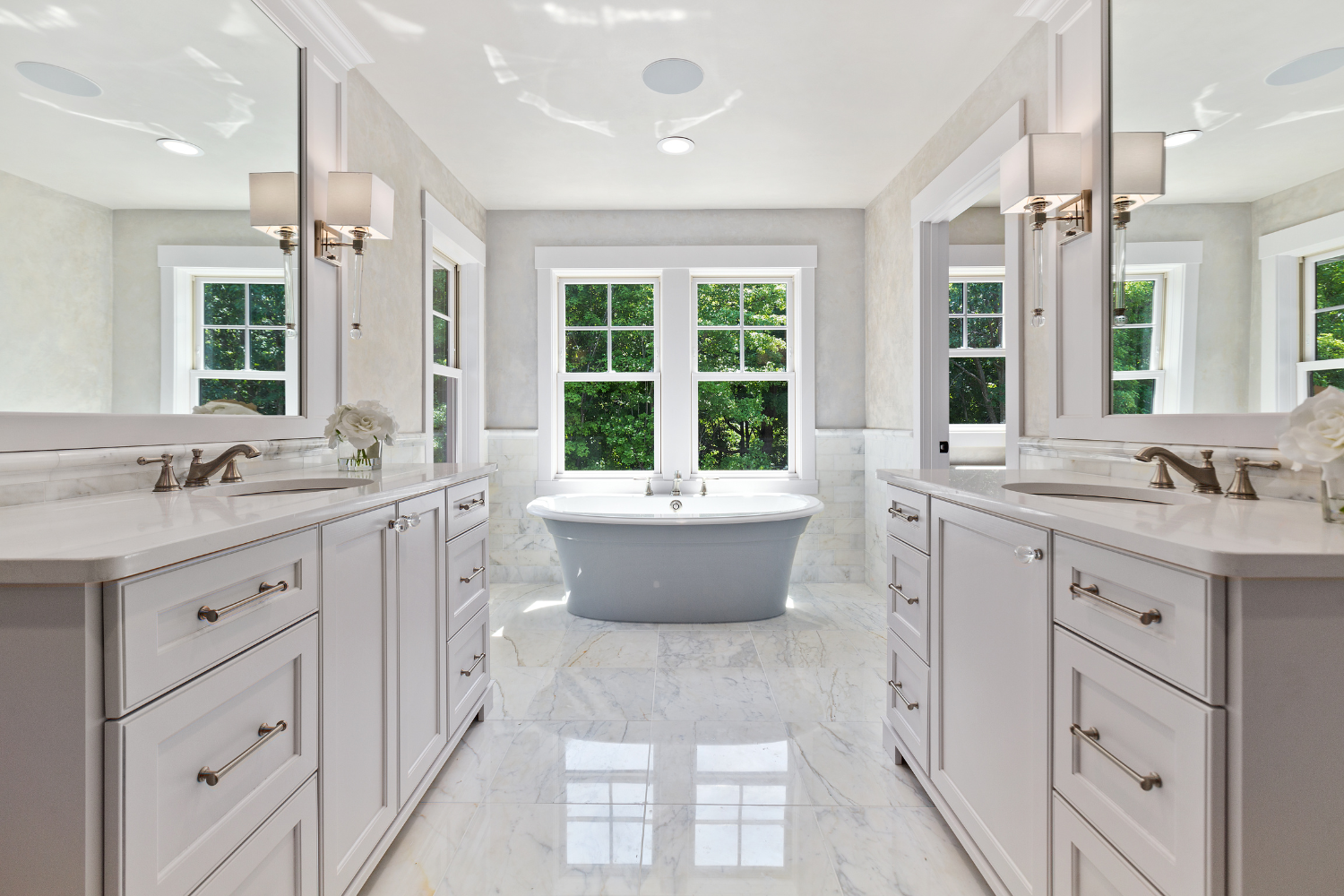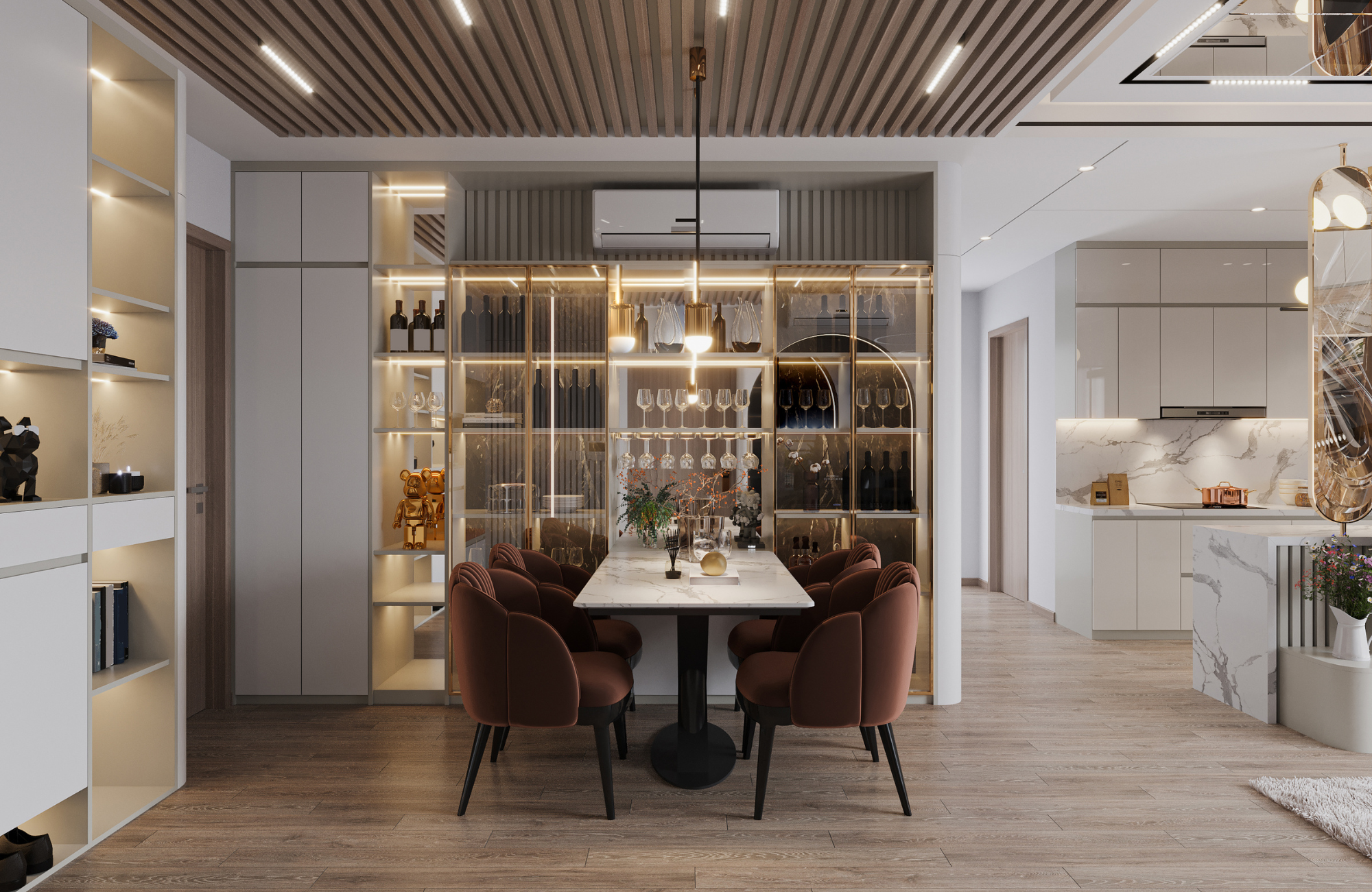The art of the interior lies within the arrangement
Good art. Bad art. We all know the difference.
A well-done painting draws us into the scene and feels balanced and focused. In contrast, a piece of poorly done art can be confusing, appear awkward or clumsy.
When it comes to interior design, many of the same rules apply.
Take a sense of balance or visual weight, for instance.
Visual weight
‘If you have a room with a grand piano in it,’ says Pamela Sandall, owner of Pamela Sandall Interior Design in Lake Oswego, ‘or a very large armoire, or heavy looking piece of art on the wall, you can use certain tricks, to create a visual balance.’
Those tricks include painting the opposite wall a dark color, or installing another large piece of furniture, or framed art ‘so the room doesn’t feel off kilter when you walk into it,’ Sandall says.
Every rule has its exceptions, of course. A room with only a grand piano in it might look quite dramatic.
Proportion and scale
Good interior design also conveys a pleasing sense of proportion.
‘It’s all about the items in relationship to the space,’ Sandall says. ‘If you have a big, open room with bunch of little tchotchkes, they will be lost.’
If you live in a home with big vaulted ceilings, you might consider adding a tall, slender piece of furniture, rather than several diminutive pieces.
Focal point
When designing a room, it also is important to make sure it includes a focal point, something of interest that dominates the space.
‘In the dining room,’ Sandall says, ‘it’s usually the dining table. In the living room, it can be a fireplace, television or fabulous view.’
What if you don’t have anything like that?
‘Create one,’ she says.
One of her clients set a half table in front of a wall mirror with sconces on either side.
The result?
‘Something with some presence,’ Sandall says.
Unity and composition
A final design principle, a sense of unity or composition, refers to the way the elements in the room work together. Without it, the result can look disconnected.
It’s important, Sandall says, to ‘create that flow from one piece to another.’
You can do that by repeating a pattern, or through the use of color or texture.
Although, when it comes to pattern, it’s important to have the right amount.
Too many different patterns incorporated into a room will look too busy and not enough can be boring.
One simple, effective tip: Laying an area rug on top of a wall-to-wall rug will pull everything together.
A sense of style
In addition to the above principles, a well-designed home reveals a personal design style.
‘Some people inherently know their style,’ Sandall says, while others may have more difficulty pinpointing it.
Sometimes, the answer may be closer than you think.
‘Look around your own house,’ she says. ‘If you have a room you just love, ask yourself what it is you like about it.’
Is it the deep, rich colors? Is it clean and white and modern? Or is it filled with all your treasures displayed on tabletops and cabinetry?
Another helpful thought to keep in mind, she says, is that, in many ways, interior design is like ‘clothing for your home,’ so shopping for home furnishings is like shopping for clothes.
In both cases, Sandall says, ‘If you know what you don’t like, that’s a good place to start.’
When shopping for clothes, if you know you don’t look good in orange, you skip over the racks that contain orange clothing. It’s the same when choosing items to include in your home.
If you know you don’t like cabbage-floral prints or earth tones, you can eliminate those prints and colors when you walk into a store.
To help pinpoint your own style, Sandall also suggests leafing through books and magazines.
Find styles that appeal to you. If you see a photo of a chair or piece of art that you like, cut it out.
Then, build yourself an actual or mental collage and see what style you’ve created, whether it’s contemporary or country, traditional or eclectic.
Add to that a color palette that pleases you and you’ll find it a lot easier to select the fabrics, furniture and accessories needed to customize your space.
Whatever you decide, it’s important to, as Sandall says, ‘Make the space personal. Make it yours.’



